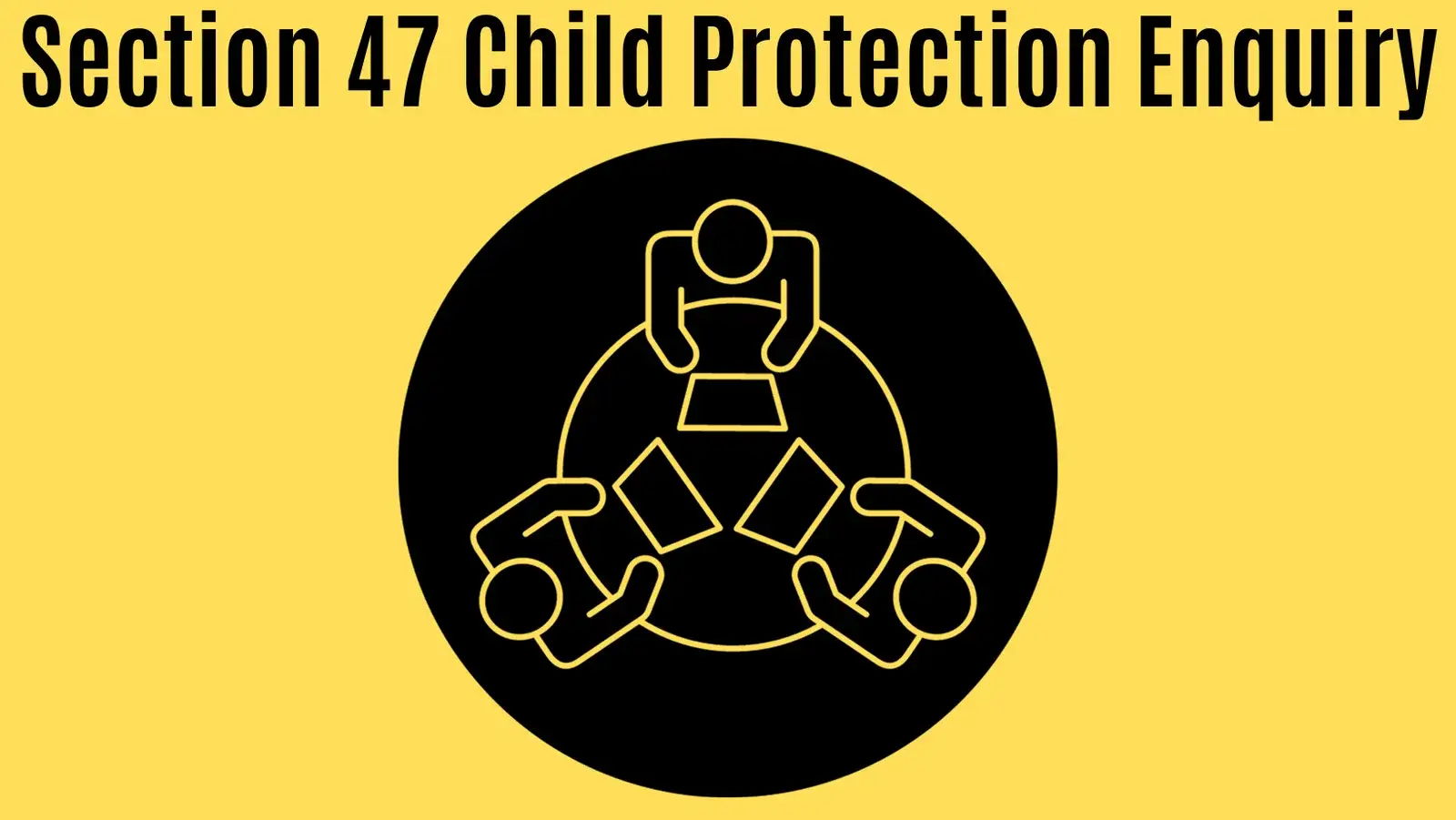Initiating the Child protection Referral Process
When concerns arise about a child’s well-being and child protection, the journey kicks off with a referral to Children’s Services. Typically initiated by professionals like teachers or health practitioners, this crucial step sets the stage for subsequent interventions.
Child Protection Assessment at the Front Door
The referral lands at the front door service of Children’s Services, where a diligent social worker conducts a meticulous review. This analysis determines if the situation warrants intervention. If no immediate harm is apparent, the social worker engages with the family, initiating a dialogue and offering support through universal services or Early Help.
Escalating Safeguarding Concerns
If safeguarding concerns surface during assessment, the social worker intensifies the intervention, offering a more in-depth evaluation. However, suspicions of immediate harm lead to a strategic discussion. This collaboration involves health, police, and school professionals, collectively deciding the necessity of an S 47 enquiry.
Collaborative Investigation with S 47 Enquiry
When the S 47 threshold is met, the involved agencies decide on a joint investigation, often partnering with the police. In cases where a child is at risk and present in school, collaboration with the educational institution is crucial to ensure the child’s safety during the S 47 enquiry.
Involving Schools: Ensuring Child Protection and Safety
If a child is at risk and present in school during the S 47 enquiry, cooperation with the educational institution is sought. This may involve keeping the child at school until a police officer and social worker can assess the situation and speak with the child before parental involvement.
Parental Engagement and Support
Following discussions with the child, the police officer and social worker approach the parents, explaining the situation. If concerns pertain to a specific parent, a temporary separation may be suggested, while broader concerns could prompt arrangements for alternative care within the extended family during the S 47 enquiry.
Emergency Foster Care as a Last Resort
Emergency foster care is considered a last resort due to its intrusive nature and the financial strain on Children’s Services. Economic constraints, resulting from government cuts and societal factors, contribute to the complexity of these interventions during the S 47 enquiry.
Duration of S 47 Enquiry
The S 47 enquiry typically spans up to 15 working days. Post-evaluation, the social worker crucially recommends either a Child In Need Plan or an Initial Child Protection Conference based on the continued risk assessment.
Child In Need Plan vs. Child Protection Conference
A Child In Need Plan represents a less intrusive intervention, whereas an Initial Child Protection Conference emphasizes parental engagement and heightened support, steering away from immediate removal of children. These plans do not automatically translate to the placement of children in care during the S 47 enquiry.
In the intricate landscape of child protection, the delicate balance between intervention and support unfolds against the backdrop of budget constraints and evolving societal challenges. Navigating these processes demands a nuanced and collaborative approach with S 47 enquiry at its core.


